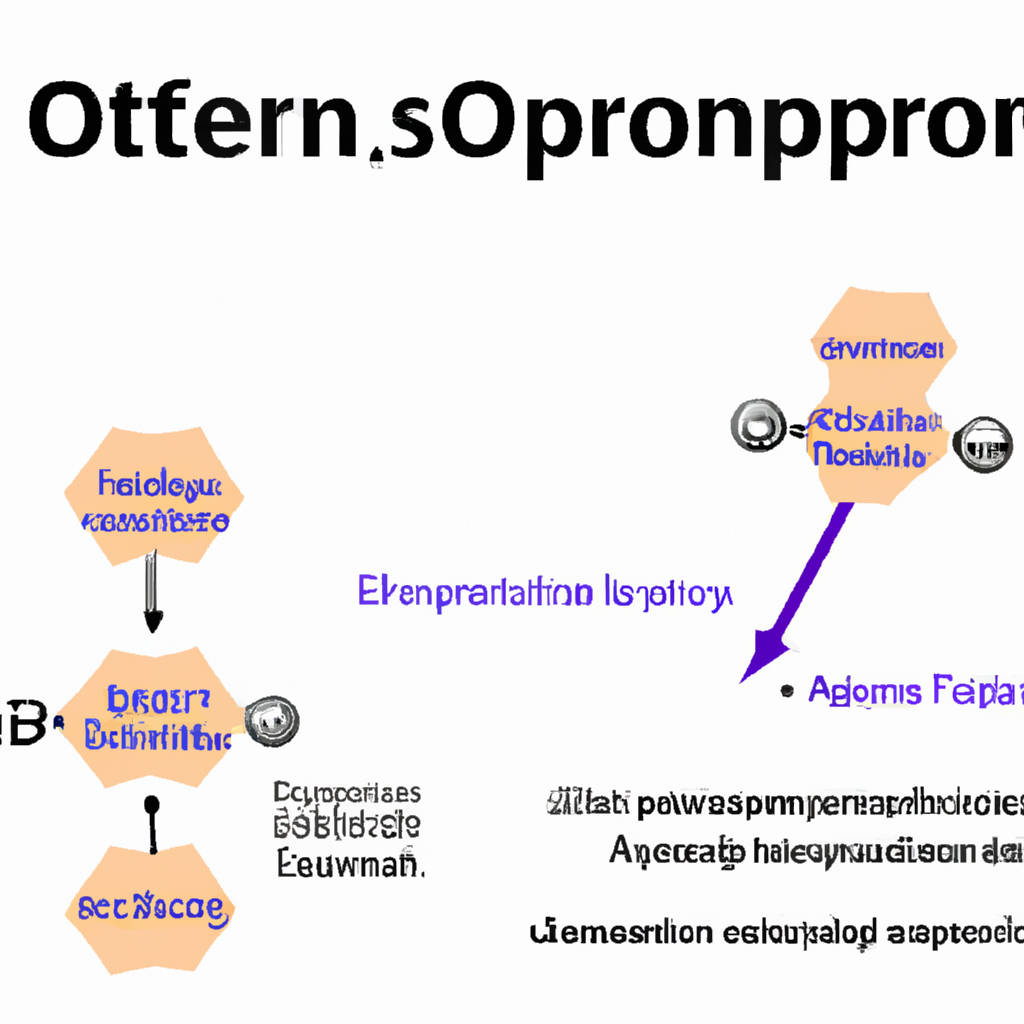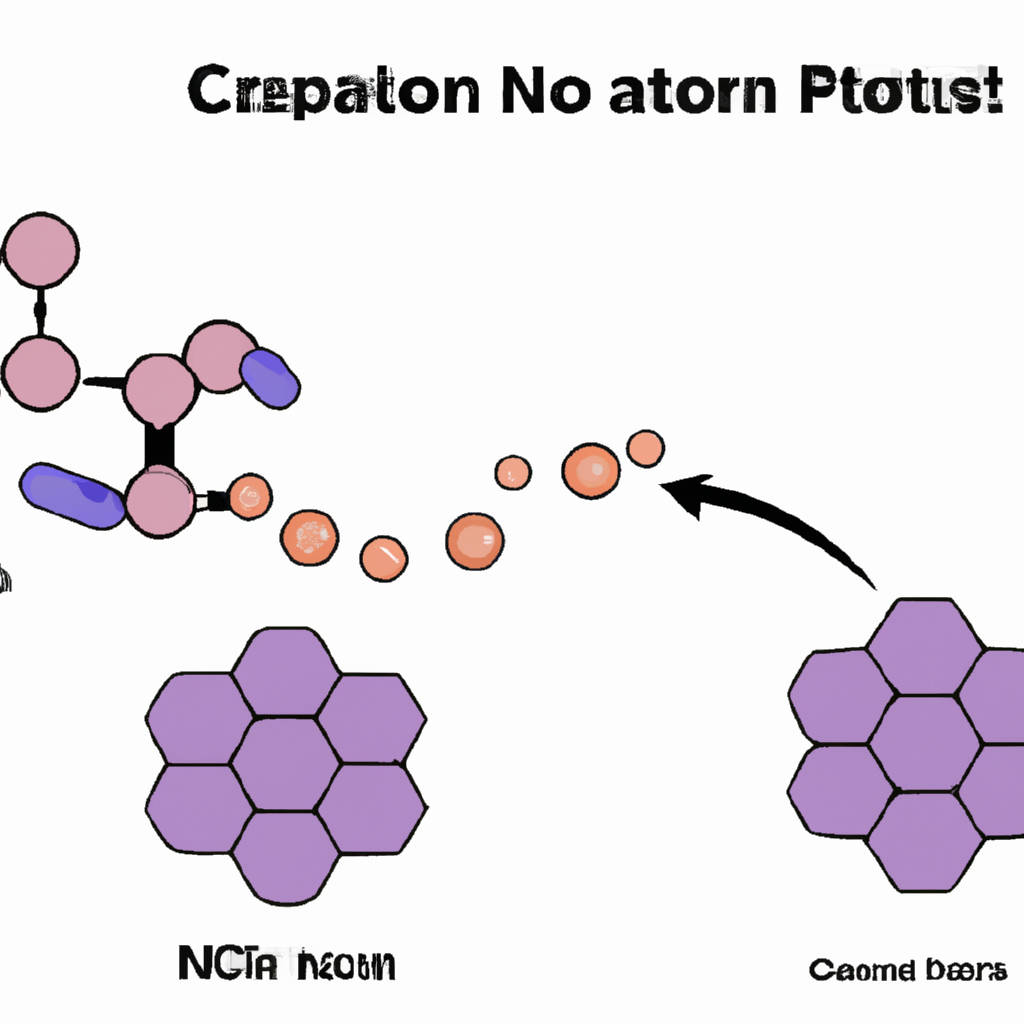Osteopontin is a versatile protein found in various tissues throughout the body, including bones, blood vessels, and the immune system. Its unique structure allows it to interact with a wide range of other molecules, making it a key player in many biological processes. Osteopontin is composed of several domains, including an N-terminal domain that binds to integrins, a central domain rich in acidic amino acids, and a C-terminal domain that can bind to calcium.
These structural features allow osteopontin to mediate cell adhesion, migration, and signaling, as well as regulate mineralization in bone tissue. In addition to its structural role, osteopontin also plays a crucial function in the immune response, where it can modulate inflammation, immune cell activation, and tissue repair. Studies have shown that dysregulation of osteopontin expression is associated with various diseases, including cancer, autoimmune disorders, and cardiovascular diseases. Understanding the structure and function of osteopontin is therefore crucial for developing targeted therapies and interventions for these conditions.

Osteopontin Expression in Solid Organ Tumors
Osteopontin is a protein that has been found to be significantly overexpressed in a variety of solid organ tumors, including breast, lung, colon, and prostate cancer. This overexpression is thought to play a key role in tumor progression and metastasis. Studies have shown that high levels of osteopontin are associated with poor prognosis and shorter survival in patients with these types of cancer. The exact mechanisms by which osteopontin promotes tumor growth and metastasis are still being investigated, but it is believed to be involved in processes such as cell adhesion, migration, and invasion.
Additionally, osteopontin has been found to be involved in the development of drug resistance in cancer cells, making it a potential target for novel therapeutic strategies. Understanding the role of osteopontin in solid organ tumors could lead to the development of more effective treatments and improve outcomes for patients with these types of cancer. Further research is needed to fully elucidate the mechanisms by which osteopontin contributes to tumor progression and metastasis, but the potential implications for cancer treatment are promising.
Mechanisms of Action: How Osteopontin Promotes Tumor Progression
Osteopontin is a protein that has been shown to play a crucial role in promoting tumor progression. One of the mechanisms by which osteopontin promotes tumor growth is through its ability to interact with various cell surface receptors, such as integrins and CD44. These interactions lead to the activation of signaling pathways that promote cell survival, proliferation, and migration. Additionally, osteopontin has been shown to modulate the tumor microenvironment by promoting the recruitment of immune cells and the formation of new blood vessels, which are essential for tumor growth and metastasis.
Furthermore, osteopontin has been found to enhance the epithelial-mesenchymal transition (EMT), a process that allows cancer cells to acquire invasive and metastatic properties. By promoting EMT, osteopontin enables cancer cells to break free from the primary tumor and invade surrounding tissues, leading to the spread of cancer to distant organs. Overall, the ability of osteopontin to interact with cell surface receptors, modulate the tumor microenvironment, and promote EMT makes it a key player in driving tumor progression. Understanding the mechanisms by which osteopontin promotes tumor growth is essential for developing new therapeutic strategies to target this protein and inhibit its pro-tumorigenic effects.

Clinical Implications: Prognostic Value and Therapeutic Targeting
Clinical implications of prognostic value and therapeutic targeting are critical in the field of medicine. Prognostic value refers to the ability to predict the likely course of a disease, while therapeutic targeting involves identifying specific molecules or pathways that can be targeted for treatment. Understanding the prognostic value of a disease can help healthcare providers make informed decisions about the best course of treatment for their patients. By identifying specific therapeutic targets, healthcare providers can develop more effective and personalized treatment plans for patients. This approach can lead to better outcomes and improved quality of life for individuals living with various medical conditions.
In the realm of cancer treatment, prognostic value and therapeutic targeting play a significant role in determining the most appropriate treatment options for patients. By using molecular profiling and other advanced diagnostic tools, healthcare providers can identify specific genetic mutations or biomarkers that may influence the course of a patient’s disease. This information can help healthcare providers tailor treatment plans to target these specific molecular pathways, potentially leading to more successful outcomes and fewer side effects for patients.
Additionally, prognostic value and therapeutic targeting are also important considerations in the field of cardiovascular medicine. By assessing factors such as cholesterol levels, blood pressure, and other risk factors, healthcare providers can predict a patient’s likelihood of developing heart disease or experiencing a cardiovascular event. This information can help guide treatment decisions, such as prescribing medications to lower cholesterol or recommending lifestyle changes to improve overall heart health.
Overall, understanding the prognostic value of a disease and identifying therapeutic targets are essential components of providing high-quality, personalized care to patients. By incorporating these concepts into clinical practice, healthcare providers can improve patient outcomes, reduce healthcare costs, and ultimately enhance the overall quality of care for individuals living with various medical conditions.
Future Directions in Research: Expanding Understanding of Osteopontin’s Role
Osteopontin, a glycoprotein found in the extracellular matrix of various tissues, has been the subject of much research in recent years due to its diverse roles in cellular function and disease. While much progress has been made in elucidating its involvement in processes such as cell adhesion, migration, and immune response, there is still much to learn about the full extent of its functions. Future research directions in this field aim to expand our understanding of osteopontin’s role in various physiological and pathological conditions. One promising avenue of investigation is the exploration of osteopontin’s potential as a biomarker for certain diseases, such as cancer and cardiovascular disease. By further investigating the mechanisms by which osteopontin contributes to these conditions, researchers hope to develop more effective diagnostic and therapeutic strategies. Additionally, studies focusing on the interaction between osteopontin and other molecules in the extracellular matrix may provide valuable insights into its role in tissue remodeling and repair. In the realm of regenerative medicine, understanding how osteopontin influences stem cell behavior could lead to the development of novel approaches for tissue regeneration and repair. Overall, the future of osteopontin research holds great promise for advancing our understanding of this important protein and its implications for human health. By continuing to explore its roles in both physiological and pathological contexts, researchers can uncover new potential targets for therapeutic intervention and pave the way for improved treatment strategies in a variety of diseases.

Final Thoughts
As we come to the end of our discussion, it is important to reflect on the ideas we have explored and the perspectives we have considered. In considering the complexities of the issues at hand, it is clear that there are many factors to take into account when forming our opinions and making decisions. It is crucial to approach these matters with an open mind and a willingness to engage with different viewpoints. By doing so, we can gain a deeper understanding of the nuances of the situation and work towards finding solutions that are fair and just for all involved.
It is also important to remember that change takes time and effort, and that progress may not always come easily. However, by remaining committed to our values and principles, we can make a positive impact and contribute to a more equitable and harmonious society. In conclusion, let us continue to strive for understanding, empathy, and collaboration as we navigate the complexities of the world around us. By doing so, we can create a better future for ourselves and for generations to come.
